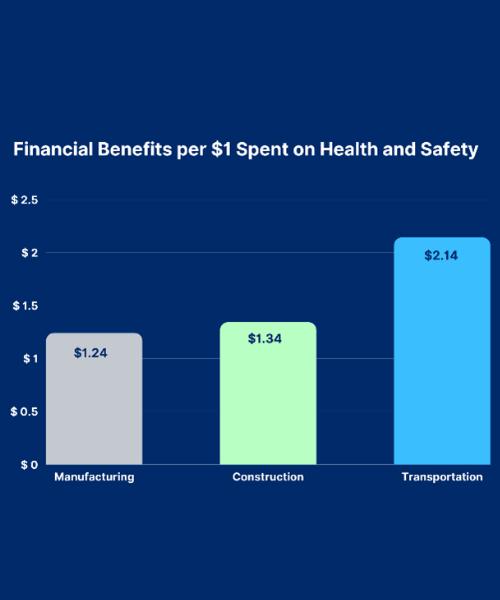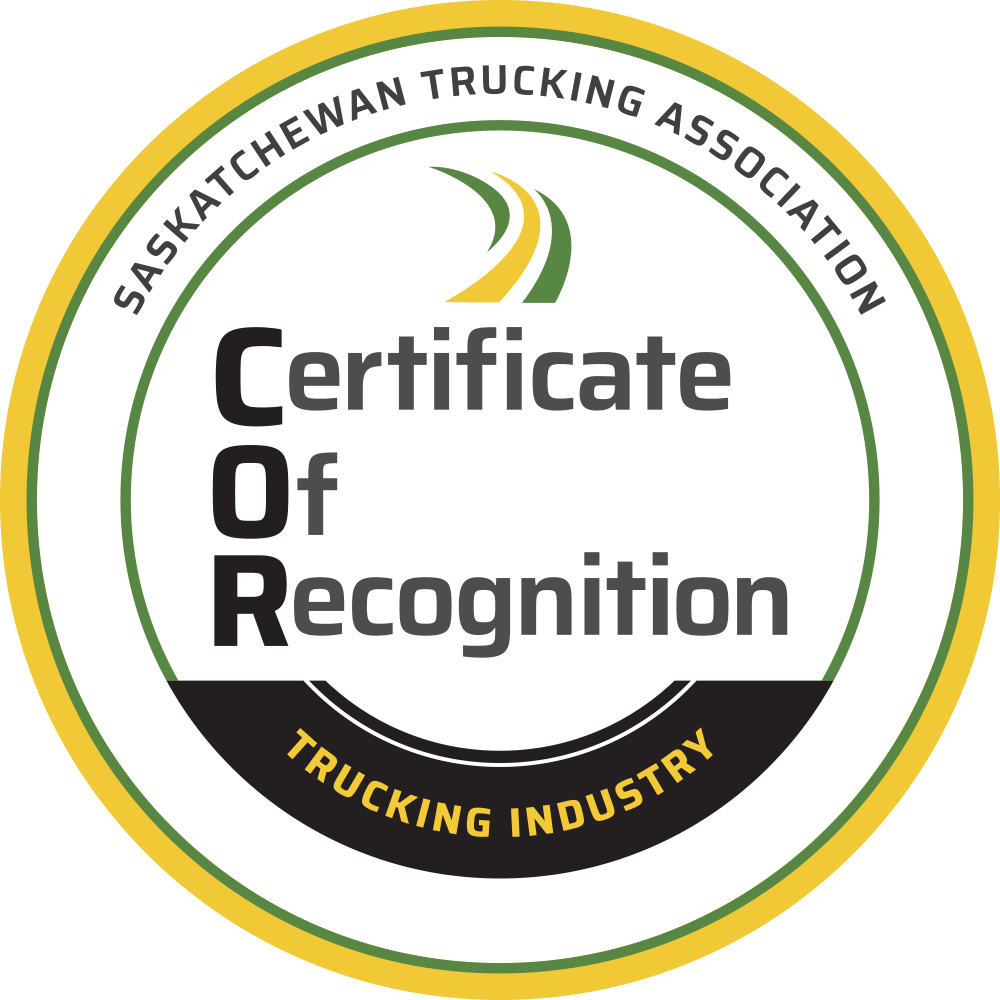
Unveiling the Untapped Potential: The Remarkable ROI of Health and Safety Investments
Dec 12, 2023
In the realm of business, where balancing ethical responsibility with financial gain can be a delicate act, a recent study in Ontario sheds light on an investment opportunity that not only protects lives but also boasts an impressive return on investment (ROI) ranging from 24% to a staggering 114%. This study examined employers in three crucial sectors—manufacturing, construction, and transportation—and revealed that those with robust occupational health and safety performance reaped significant financial benefits. (OSG, n.d.)
Financial Returns by Sector

The study, conducted among large Ontario employers, compared injury rates and associated costs in sectors prioritizing health and safety investments. The findings were compelling, with manufacturing employers realizing a return of 24% ($1.24 for every dollar spent), construction employers achieving a 34% return ($1.34), and transportation employers experiencing an outstanding 114% return ($2.14). These returns were calculated by comparing injury rates to sector averages and determining the avoided injury costs resulting from health and safety investments.
Conservative Estimates and Potential Higher Returns
It's worth noting that these financial benefits are based on conservative estimates of injury costs. The study considered indirect injury costs to be twice that of direct costs, but past research suggests these indirect costs could be four times greater. This implies that the actual returns on injury prevention initiatives may surpass the estimates provided in the study, making the investment even more lucrative for businesses.
Beyond Direct ROI: Indirect Benefits
The study also uncovered additional financial benefits for employers with strong health and safety performance. Improved employee retention and morale, enhanced production quality, and a fortified corporate reputation were identified as secondary advantages. These factors contribute to an organization's overall resilience, enabling a swift response to regulatory changes and fostering trust among stakeholders.
Introducing the STA Certificate of Recognition (COR)

Amidst an evolving risk and regulatory landscape, compliance is no longer viewed solely as a cost of doing business; it has transformed into a competitive advantage. Organizations now need to manage compliance and risk proactively, prioritizing critical risks through a values-driven approach. In this context, the STA Certificate of Recognition (COR) emerges as a strategic solution.
Designed to address the specific needs of industry members, the STA COR is industry-approved and industry-led. Recognized by buyers of services and partners, it positions businesses at the forefront of certified risk management practices. With companies in the transportation sector increasingly requiring COR certification, the program not only ensures compliance but also opens doors to new business opportunities.
Conclusion
As the business landscape continues to evolve, the symbiotic relationship between ethical health and safety practices and financial success becomes more evident. The Ontario study underscores the tangible and substantial returns on investment in health and safety, making it not just a moral imperative but a savvy business decision. Embracing initiatives like the STA COR program not only safeguards lives but also positions businesses at the forefront of a competitive market where compliance is not just a requirement—it's a strategic advantage.
STA Sponsorship & Advertising Opportunities
Get Involved!
Sponsorship fuels events and programs, while advertising puts your brand directly in front of an industry-specific audience. We are flexible, no matter the budget!



